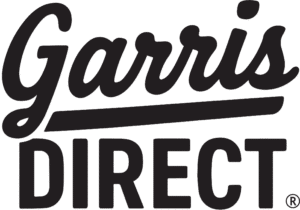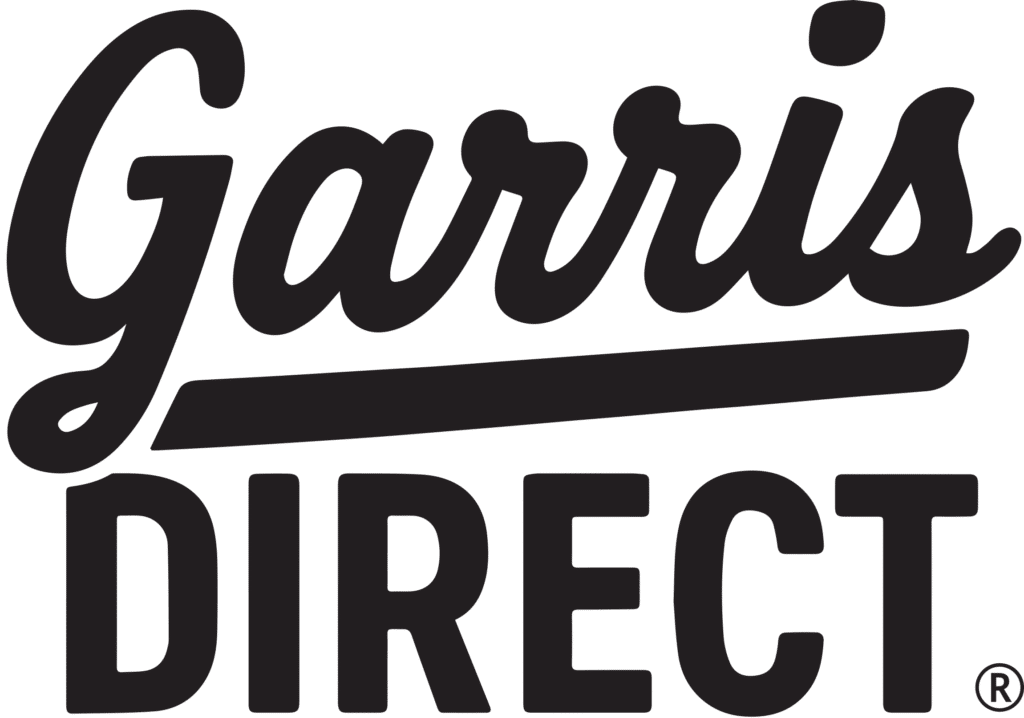Multi-family construction has emerged as a pivotal solution in addressing the growing demand for housing in urban areas. One of the primary benefits of this type of construction is its ability to accommodate a larger number of residents within a smaller footprint. This efficiency not only maximizes land use but also helps to alleviate housing shortages in densely populated regions.
By concentrating living spaces, multi-family developments can provide affordable housing options while maintaining a high standard of living. The design flexibility inherent in multi-family projects allows for a variety of layouts and configurations, catering to diverse demographics, from young professionals to families and retirees. Moreover, multi-family construction fosters a sense of community among residents.
Shared amenities such as gyms, pools, and communal gardens encourage social interaction and create opportunities for neighbors to connect. This communal aspect can lead to enhanced quality of life, as residents benefit from both privacy in their individual units and the camaraderie of shared spaces. Additionally, multi-family developments often incorporate sustainable practices, such as energy-efficient systems and green building materials, which contribute to lower utility costs and a reduced environmental footprint.
As urban centers continue to grow, the advantages of multi-family construction become increasingly apparent, making it a vital component of modern urban planning.
Key Takeaways
- Multi family construction offers benefits such as cost savings, shared amenities, and a sense of community for residents.
- Maximizing space in multi family construction involves thoughtful design, efficient layouts, and multifunctional spaces.
- Creating a sense of community in multi family construction can be achieved through shared spaces, social activities, and fostering a welcoming environment.
- The economic benefits of multi family construction include higher rental yields, lower maintenance costs, and increased property value.
- Environmental benefits of multi family construction include reduced land use, energy efficiency, and sustainable building practices.
- Designing multi family construction for modern living involves incorporating technology, flexible living spaces, and convenient amenities.
- Balancing privacy and community in multi family construction requires thoughtful design, soundproofing, and respectful neighborly behavior.
- The future of multi family construction will likely involve innovations such as smart home technology, sustainable materials, and adaptable living spaces.
Maximizing Space in Multi Family Construction
In the realm of multi-family construction, maximizing space is not merely a design challenge; it is an essential aspect that influences the overall functionality and appeal of a development. Architects and designers employ innovative strategies to optimize every square foot, ensuring that units are both livable and efficient. Open floor plans are a popular choice, allowing for seamless transitions between living areas while creating an illusion of spaciousness.
Additionally, incorporating built-in storage solutions—such as shelving, cabinets, and multifunctional furniture—can significantly enhance the usability of smaller units without compromising on style. Vertical space is another critical consideration in maximizing the potential of multi-family buildings. By utilizing high ceilings and incorporating lofted areas or mezzanines, developers can create dynamic living environments that feel expansive.
Furthermore, outdoor spaces such as balconies, terraces, and rooftop gardens can extend the living area beyond the confines of the unit itself. These outdoor extensions not only provide residents with additional recreational space but also contribute to the overall aesthetic appeal of the building. Ultimately, thoughtful design choices that prioritize space optimization can lead to higher tenant satisfaction and increased property value.
Creating a Sense of Community in Multi Family Construction
Creating a sense of community within multi-family developments is essential for fostering a welcoming environment where residents feel connected and engaged. Thoughtful design elements play a crucial role in this endeavor. For instance, incorporating communal spaces such as lounges, co-working areas, and outdoor gathering spots encourages residents to interact and build relationships.
These shared amenities serve as focal points for social activities, allowing neighbors to come together for events or simply enjoy each other’s company in a relaxed setting. In addition to physical spaces, community-building initiatives can further enhance the sense of belonging among residents. Organizing events such as potlucks, fitness classes, or movie nights can help break down barriers and encourage participation.
Property management teams can also facilitate communication through newsletters or social media groups, keeping residents informed about upcoming activities and fostering a sense of ownership over their community. By prioritizing both design and engagement strategies, multi-family developments can cultivate vibrant communities where residents feel valued and connected. (Source: Apartment Guide)
The Economic Benefits of Multi Family Construction
| Metrics | Data |
|---|---|
| Job Creation | Multi family construction creates jobs in various sectors such as construction, architecture, and engineering. |
| Local Economic Growth | Multi family construction contributes to the local economy by increasing property values and generating tax revenue. |
| Housing Affordability | Multi family construction provides more affordable housing options for individuals and families. |
| Community Development | Multi family construction helps in the development of communities by providing amenities and services. |
The economic advantages of multi-family construction extend beyond individual property owners; they have far-reaching implications for local economies as well. Multi-family developments often generate significant tax revenue for municipalities, which can be reinvested into public services such as schools, infrastructure, and parks. Additionally, these projects create jobs during both the construction phase and throughout the ongoing operation of the property.
From contractors and tradespeople to property management staff, multi-family construction supports a diverse range of employment opportunities. Investing in multi-family housing can also yield substantial returns for developers and investors. With the increasing demand for rental properties in urban areas, multi-family units often experience lower vacancy rates compared to single-family homes.
This stability can lead to consistent cash flow and long-term profitability. Furthermore, multi-family properties tend to appreciate in value over time, making them an attractive option for investors seeking to build wealth through real estate. As cities continue to grow and evolve, the economic benefits associated with multi-family construction will remain a driving force in shaping urban landscapes.
Environmental Benefits of Multi Family Construction
The environmental benefits of multi-family construction are becoming increasingly important as society grapples with climate change and sustainability challenges. By concentrating living spaces within a smaller area, multi-family developments reduce land consumption and preserve green spaces that might otherwise be developed into single-family homes or commercial properties. This efficient use of land helps mitigate urban sprawl, which can lead to habitat destruction and increased carbon emissions from transportation.
Moreover, multi-family buildings often incorporate sustainable design practices that enhance energy efficiency and reduce resource consumption. Features such as energy-efficient appliances, solar panels, and green roofs contribute to lower utility costs for residents while minimizing the overall environmental impact of the building. Additionally, many multi-family developments are designed with access to public transportation in mind, encouraging residents to utilize alternative modes of travel rather than relying solely on personal vehicles.
By promoting sustainable living practices within their communities, multi-family constructions play a vital role in fostering environmentally responsible urban development.
Designing Multi Family Construction for Modern Living
Open-Concept Designs and Smart Home Technology
Open-concept designs that prioritize natural light and airflow are increasingly popular among residents seeking a contemporary aesthetic that feels spacious and inviting. Furthermore, integrating smart home technology into multi-family units allows residents to control various aspects of their living environment—from lighting to security—enhancing convenience and comfort.
Wellness and Sustainability in Modern Designs
In addition to aesthetic considerations, modern multi-family designs often emphasize wellness and sustainability. Incorporating features such as fitness centers, yoga studios, and green spaces encourages residents to prioritize their health while fostering a sense of community.
Biophilic Design Principles for Enhanced Well-being
Biophilic design principles—such as incorporating natural materials and maximizing views of nature—can also enhance residents’ well-being by creating calming environments that promote relaxation and connection with the outdoors.
By embracing these modern design trends, multi-family constructions can cater to the evolving needs of today’s residents while remaining competitive in an ever-changing market.
Balancing Privacy and Community in Multi Family Construction
One of the most significant challenges in multi-family construction is striking a balance between privacy and community engagement. While shared amenities foster social interaction among residents, it is equally important to ensure that individuals have their own personal space where they can retreat from the hustle and bustle of communal living. Thoughtful architectural design can help achieve this balance by incorporating soundproofing measures between units and creating private outdoor spaces such as balconies or patios.
Additionally, strategic placement of communal areas can enhance privacy while still encouraging interaction among residents. For example, positioning shared amenities away from residential units can minimize noise disturbances while providing inviting spaces for socialization. Landscaping elements such as trees or hedges can also create natural barriers that delineate private areas from communal ones without obstructing views or access.
By prioritizing both privacy and community within their designs, developers can create harmonious living environments that cater to diverse resident preferences.
The Future of Multi Family Construction: Innovations and Trends
As we look toward the future of multi-family construction, several innovations and trends are poised to shape the industry landscape significantly. One notable trend is the increasing integration of technology into residential spaces. Smart home features—such as automated lighting systems, energy management tools, and advanced security measures—are becoming standard expectations among tenants seeking convenience and efficiency in their living environments.
Sustainability will continue to be a driving force behind multi-family construction as well. Developers are increasingly adopting green building practices that prioritize energy efficiency, water conservation, and sustainable materials sourcing. The rise of modular construction techniques also presents exciting possibilities for reducing waste and expediting project timelines while maintaining high-quality standards.
Furthermore, as urban populations grow and demographics shift, there will be an increasing emphasis on creating inclusive communities that cater to diverse lifestyles and needs. This may involve designing adaptable living spaces that accommodate various family structures or incorporating affordable housing options within larger developments. In conclusion, the future of multi-family construction is bright with potential for innovation and positive change.
By embracing new technologies, sustainable practices, and inclusive design principles, developers can create vibrant communities that meet the evolving needs of residents while contributing positively to urban environments. As we move forward into this new era of construction, it is essential to remain mindful of both individual preferences and collective well-being in shaping our shared living spaces.
If you are interested in learning more about the benefits of multi family construction, you may want to check out this article on full-service construction for commercial multi-family properties. This article discusses the advantages of hiring a construction company that specializes in multi-family properties and how they can help you achieve your goals efficiently and effectively.
It provides valuable insights into the construction process and the benefits of investing in multi-family properties.
FAQs
What are the benefits of multi family construction?
Multi family construction offers several benefits, including cost savings, efficient land use, and a sense of community for residents.
How does multi family construction save costs?
Multi family construction allows for shared infrastructure and amenities, reducing overall construction and maintenance costs compared to single-family homes.
How does multi family construction promote efficient land use?
Multi family construction maximizes the use of available land, allowing for higher population density and reducing urban sprawl.
What are the social benefits of multi family construction?
Multi family construction fosters a sense of community and provides opportunities for social interaction among residents, leading to a more connected and supportive living environment.
What are some environmental benefits of multi family construction?
Multi family construction can lead to reduced energy consumption and lower carbon emissions per capita compared to single-family homes, contributing to environmental sustainability.







